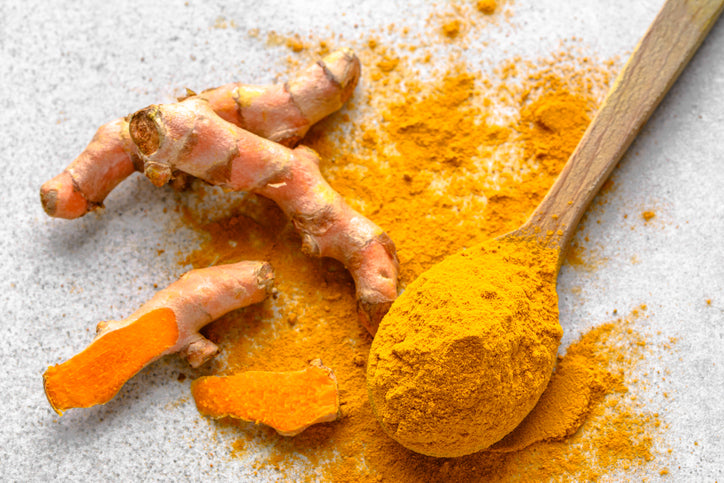Asian Ginseng: Modern Interest in This Ancient Herb
Asian ginseng is probably the most famous and most highly regarded herb in the Chinese herbal tradition. It is also known as Chinese or Korean ginseng, or by its biological name, Panax ginseng. Ginseng means “essence of the earth in the form of a man.” Its Chinese name, ren shen, means “man root,” and ginseng roots sometimes do resemble a human body, arms and legs.
Asian ginseng was found growing wild in northern China, Korea and Manchuria, reputedly discovered over 5,000 years ago. Originally probably used as a food, the first known records of its use in healing are from the writings of Shen Nong in the first century A.D.
A recent translation of Shen Nong’s description of the herb speaks to Asian ginseng’s calming effects, “used for…quieting the spirit, stopping agitation…” (S.Y. Hu, 1977). It is also traditionally known as a tonic and an herb to restore qi or vitality. Although these descriptions may seem a bit at odds, they actually support its classification as an adaptogen – a balancing and normalizing herb that helps the body adapt to physical, mental, emotional and environmental stress.*
In 1709 Pere Jartoux, a Jesuit missionary stationed in Beijing, wrote about the value of Asian ginseng and suggested that Europeans would find it useful if they would research its chemical nature and develop appropriate dosages. Along with other adaptogens, it has indeed drawn the interest of modern European, Japanese, Chinese, Soviet and American researchers and is now one of the most studied herbs.
Asian ginseng contains a number of active constituents, including amino acids and peptides, vitamins and minerals, essential oil and triterpenoid saponins. At least 22 saponins have been identified, with ginsenosides (panaxanes) found to be the most active.
Asian Ginseng is gaining popularity as an energy booster. The German Government Commission E allows Panax ginseng products to be labeled for use as a tonic for invigoration and fortification. It promotes normal function of the immune, cardiovascular, endocrine and nervous systems.*
Now virtually extinct in the wild, Asian ginseng is widely cultivated in China and North and South Korea. Roots often grow for 6 to 12 years before they are harvested.
This herb is available in two forms: white and red. White, which results from drying the root in the sun, is slightly cool and a bit less “aggressive” than red Asian ginseng, which is warmer (more stimulating) and made by steaming and then drying the root. It can be found in capsules, tinctures, teas and herbal formulas, including Redd Remedies trueENERGY™ and Heart Strong™.
Related Posts


